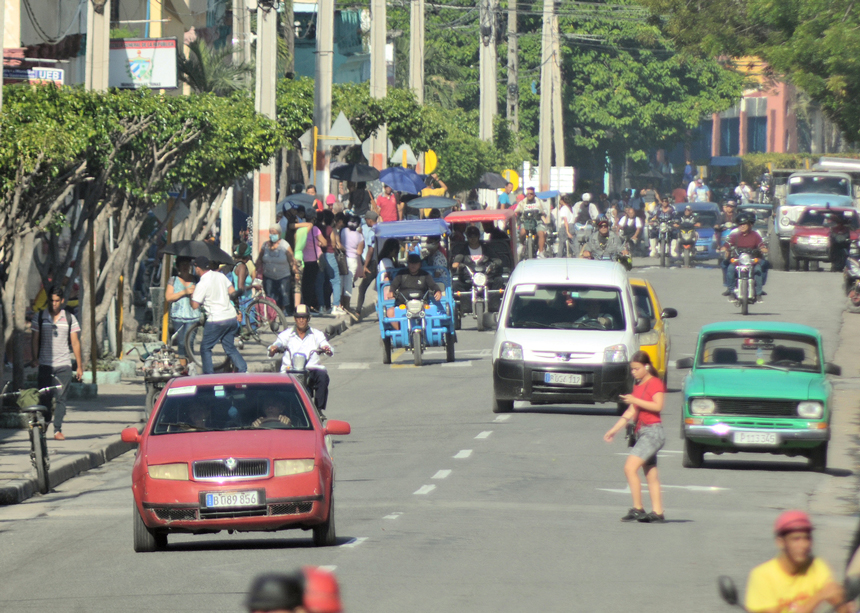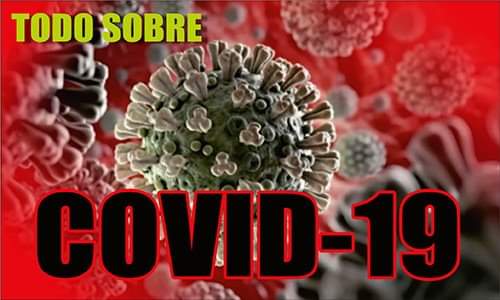- Details
- Written by Esther De la Cruz Castillejo
- Hits: 1550
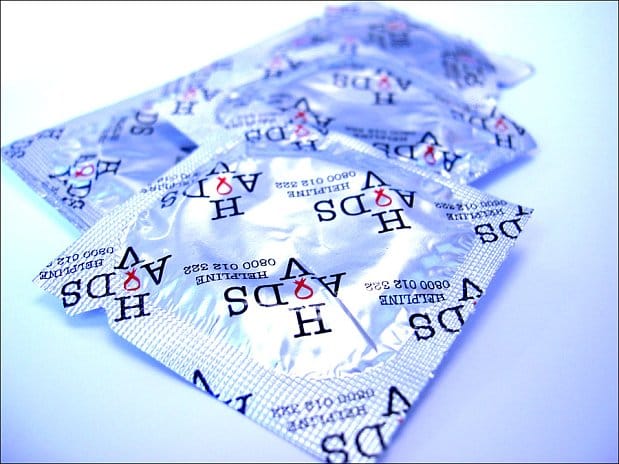
The market for sexual objects is making its way into the urban fabric. If you doubt it, explore any page of buying and selling on social networks and you will see statements (not always discreet) that invite you to acquire condoms of different flavors and brands, dildos, vibrators, whips, vaginas... and other related options.
- Details
- Written by Esther De la Cruz Castillejo
- Hits: 1853
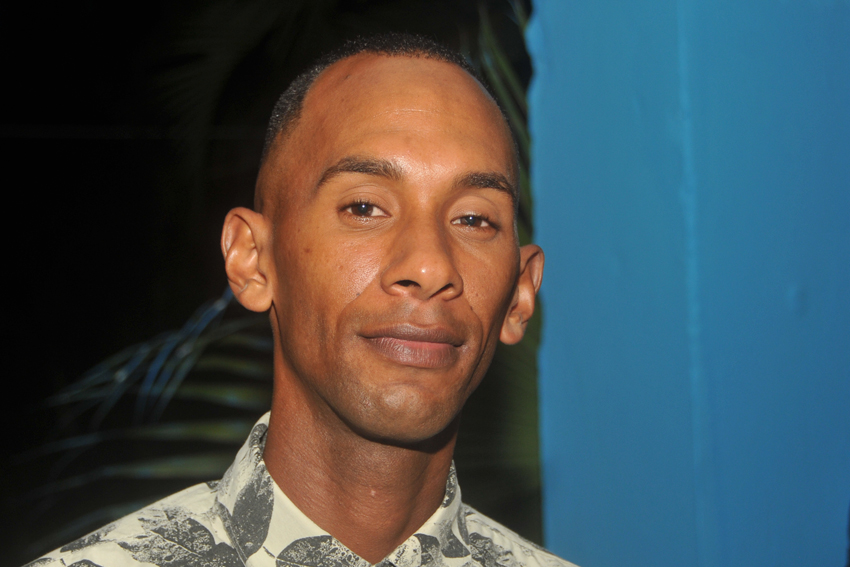
Talking to Ismel Ángel André Duarte is a real buzz. He is 29 years old and it is impossible not to be infected by his certainty that he is going to conquer, with hard work, all the prosperity possible.
- Details
- Written by Esther De la Cruz Castillejo
- Hits: 1911
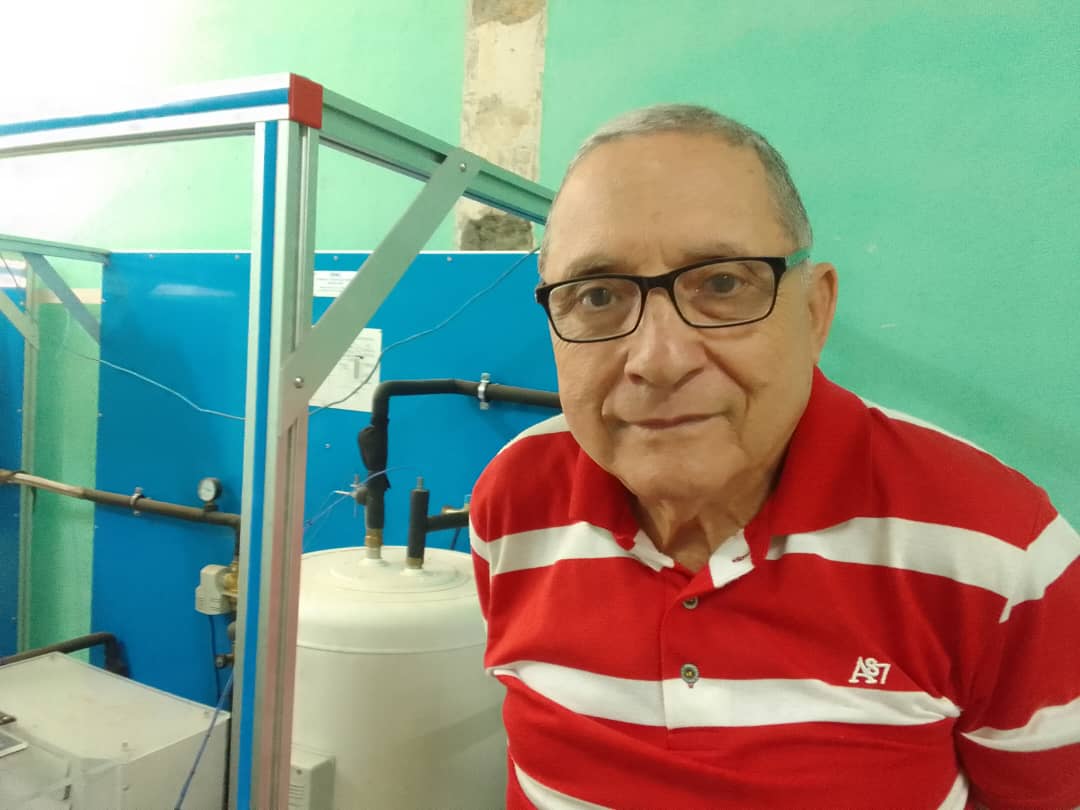
Doctor in Technical Sciences José Marcos Gil Ortiz began to walk the corridors of what is now the University of Las Tunas (ULT in Spanish) back in 1974 when Higher Education was just beginning to make its way through these lands and it was voluntarily that teachers gave their classes. He is a teacher and researcher and has been there, contributing to his places, ever since.
- Details
- Written by 26 Editorial Staff
- Hits: 1870
The new airs of 2024, with yearnings for new beginnings and hopes, leave behind 12 tough months. Not even the most experienced soothsayer could have predicted what we faced between January and December 2023. It was a shaky and untimely year, which left no shortage of debts amidst the siege of economic hardship, the detriment of the purchasing power of income, dwindling production, and the cost of food. Never before has inflation challenged us so viciously.
- Details
- Written by RHC
- Hits: 1916
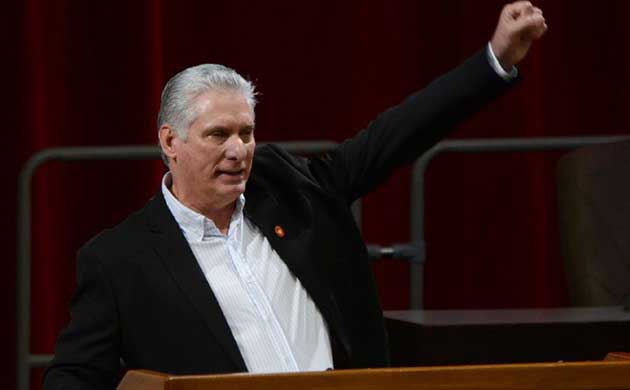
Cuban President Miguel Díaz-Canel called on Friday to make possible and even impossible the dream of defeating the policy of persecution and the siege imposed by the United States against the island.
Page 32 of 97



